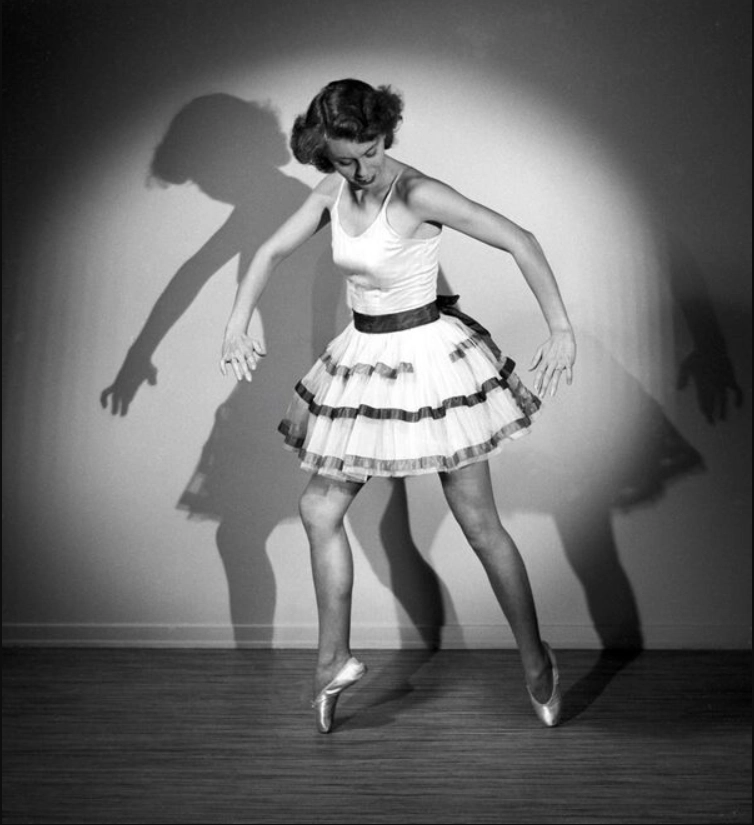Music, dance and fashion

This topic is related to the exhibition Music, Dance and Fashion. The images can be viewed in the context of education about the war years in Iceland. Then it's time to listen to the music that has sounded then, look at the fashion, learn about the dance and look for information about individual stories from the period.
Photographer Vigfús Sigurgeirsson
Vigfús Sigurgeirsson (1900 — 1984) was one of Iceland's best-known photographers and filmmakers during and after 1950. His contemporaries were best acquainted with his pictures of Iceland's nature, national life and contemporary events. In his photo gallery there is truly a lot more hidden, and here is a chance to see a fragment of the world that was.
The atmosphere of cultural life in Reykjavik is strongly reflected in these little-seen photographs by photographer Vigfús Sigurgeirsson, from around and after the Second World War. There you can analyze foreign trends in Icelandic culture and entertainment, and the scene takes on a cosmopolitan flair.
Entertainment and fashion shows

During the afternoon entertainment, dancing girls performed different dances, and musicians played crackling jazz in the city's hotels. This period had its stars such as the singer Hallbjörga Bjarnadóttir, the Austrian pianist Carl Billich, the dancers Ellen Kidd and Sif Þórz and the MA Quartet and the Radio Trio.
Then the Gullfoss Fashion Store held annual exhibitions at Hotel Borg and set the tone for style and material selection in the dress code. Ballet dresses were sewn from moiré, taffeta or tulle, and hats were high with feathers.
The Daily Spirit
Vigfús captures this spirit of the times well, where elegance and sophistication reign supreme. In the 1940s he had visited Germany where he got acquainted with filmmaking but also gained a new vision of photography. On the way home was a new Leica machine, which offered a different approach. Thus, the influence of German expressionism in his photographs could be where strong shadows and light play a big role and increase the influence of his work.

About Leica Engines

In 1924, the production of 35 mm film Leica cameras began in Germany and they immediately became popular. They were lightweight and specially designed for landscape paintings in mountain passes. This new technology meant that now it was no longer necessary to take pictures with cameras on a tripod. The films used in the machines were a film film that was colonized. Film and glass plates previously used in photography had been large, of the same size as the images produced. But there came a camera with a small film (each photo only 24x36 mm), and in the process of induction, the images had to be enlarged on the paper. For this, the lenses had to be of high quality and the films too.

